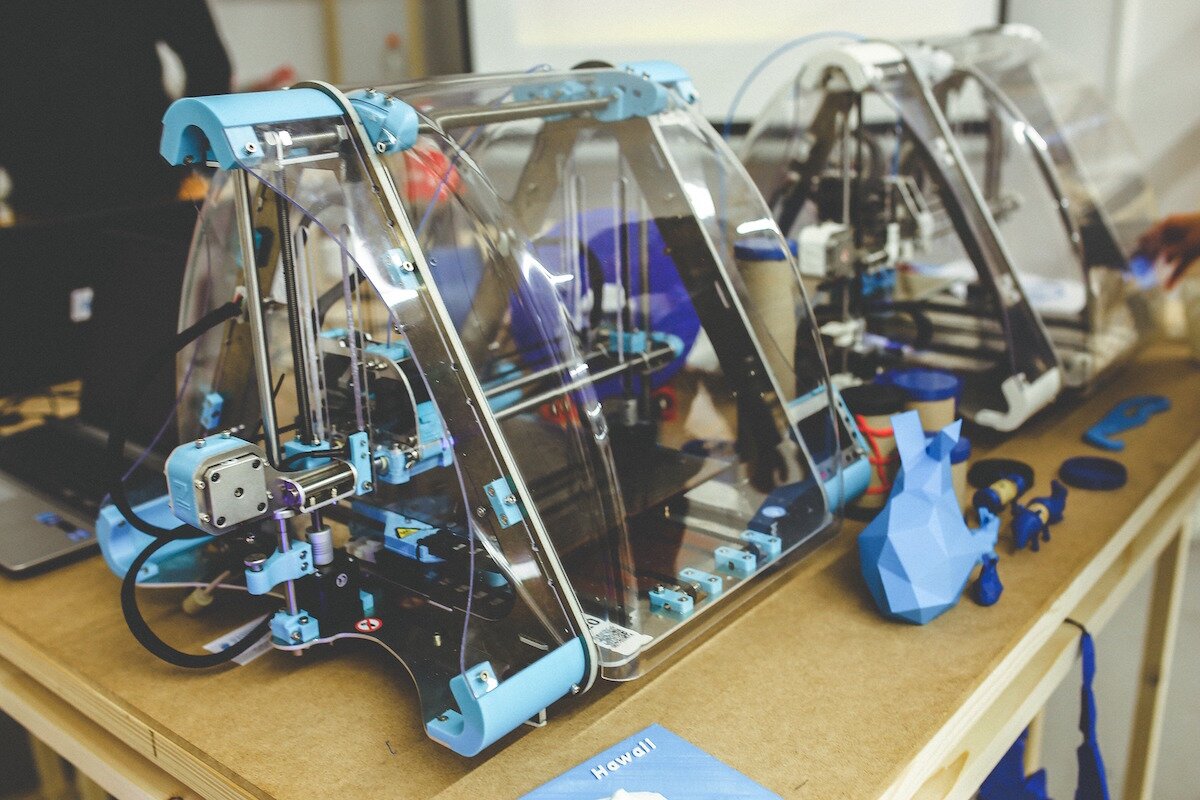Scorecard
A simple way to work out which 3D printing website is right for you



This scorecard assesses popular 3D printing file sharing sites in ways that matter to consumers. To the left is our simple guide: green double checkmarks – means the site does what it should, yellow check – could do it better, orange question mark – we didn’t like what we found, or the site didn’t share that data. A detailed methodology on what each of the headings mean, and why they are important, is below the scorecard.
Scorecard Details
The scorecard above assesses 3D printing websites across multiple themes so that consumers can start to make informed choices based on their needs. The details of how we decided what categories are important, and how to assign ranks within them – is complex. Here we explain in basic terms what each category means, why each category is important to consumers, and how we’ve assessed them.
Some categories combine a couple of metrics on the same theme to give a holistic picture of how the site effects users. One final note, where applicable, we have taken sites at their word, interpreting their policies as stated, rather than stress testing their claims.
This variable is a simple measure that counts the amount of items, and considers if these are relevant to everyday people. Note that size isn’t everything, smaller sites sometimes have higher quality models.
✓✓: Over 100,000 items.
✓ : Roughly 10,000-1000 items.
? : Specialist, niche, or personal site
Some sites are designed better than others. Making thousands of diverse objects findable and fun to search through, is harder than it looks. The User Experience (UX) is a subjective ranking, but when it’s good, you know it.
✓✓: Easy to use and lots of navigation options.
✓ : Somewhat confusing or limited search.
? : Simple lists, or buried categories.
With hundreds of thousands of items available, having the right ones, and steering you to innovative and quality objects is very important. We judged the websites’ efforts to show users great new content.
✓✓: Frequently features new content and/or suggested items.
✓ : Some insight to updated items/collections.
? : new content is hard to find/sort through.
The way sites license your content is very important. It can determine how people use your content, or whether your content is still yours! Users need sites to clearly explain what their choices are. We’ve ranked sites higher if they allow consumers to choose open culture licences, these licences are most friendly to consumers wanting to print.
✓✓: Clear choice on licensing, strong creative commons / open culture options.
✓ : Not entirely clear, tends towards pay-for-use of models.
? : No clear statements on licences, or information of its own content.
These terms – the small type you usually don’t read – actually have a really big effect on what users can do and how each site can treat its users: they outline rights and responsibilities. For instance, they might override any copyright claims you’d otherwise expect. We’ve assessed whether the terms of service are easy to understand, and then whether they seem to offer users enough protection, compared to their competitors.
✓✓: User-readable terms, with standard or stronger rights and protections for user rights and responsibilities.
✓ : Confusing, but seems standard protections towards user rights and responsibilities.
? : Long and confusing and/or very few protections.
You don’t just upload objects to 3D printing websites. How you use the site, including what you look at, what you download, etc. is recorded and that data can be sold to 3rd parties. Usually this data gets sold to advertisers in bulk, but we think you should know where your data does when using 3D printing sites.
✓✓: User data is only used to help the operation of the site.
✓ : The site shares user data with third parties for advertising or other purposes.
? : There is no policy stated regarding user data privacy.
Here we round out security concerns by measuring if the site communicates with its users securely (via HTTPS encryption), and if there are payment options, whether these are secure or not. HTTPS protects you from people snooping on what you’re doing, and more and more websites are using it as standard – it’s bad form not to have it if you don’t want to be spied on.

